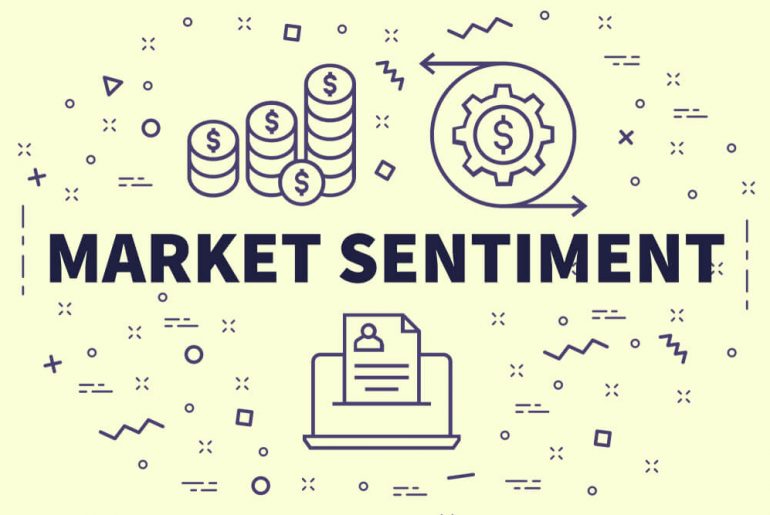In every financial market, prices don’t move only because of statistics, reports, or formulas. They move because of people reacting to those things. That collective mood, whether confidence or fear, optimism or uncertainty, is what is called market sentiment. It’s not always rational, but it is powerful, and understanding it is crucial for traders, investors, and policymakers alike. In this article, you will learn what market sentiment really is, why it moves prices even when the fundamentals don’t seem to justify it, and how you can recognize and use it to your advantage.
What Is Market Sentiment?
Market sentiment refers to the overall attitude of investors and traders toward a particular market or asset. Think of it as the psychological state of the market. If most participants feel optimistic, sentiment is considered bullish; if pessimistic, bearish. Sentiment is shaped by economic data, news events, central bank actions, and social factors, but also by herd behavior, expectations, and emotional reactions to risk.
Sentiment doesn’t always align with fundamentals. Markets can become overbought or oversold simply because participants are reacting to each other rather than to data. Yet, those reactions move prices dramatically, often more quickly than fundamentals do.
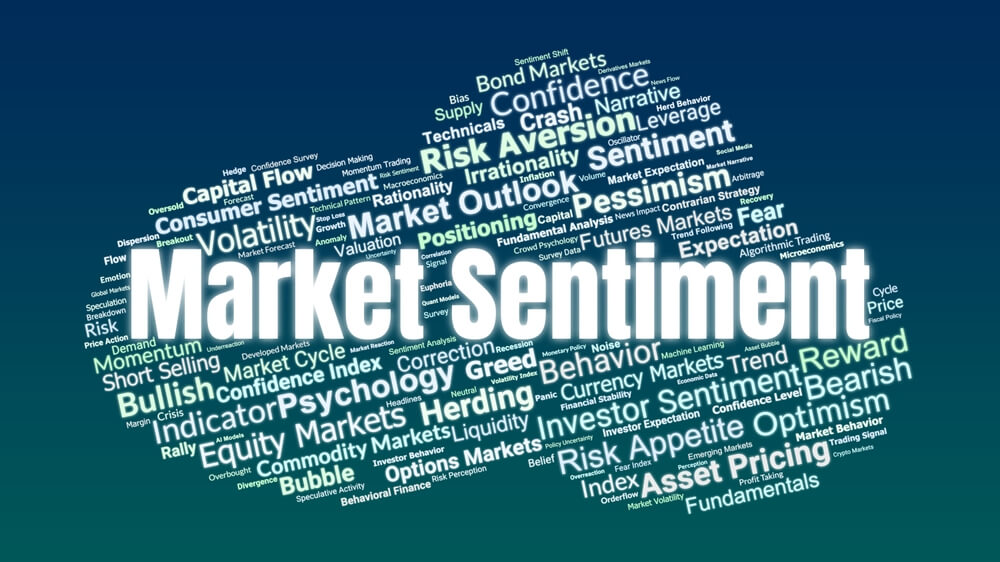
How Sentiment Is Measured
Sentiment is abstract, but traders use tools to estimate and track it:
- Surveys. Investor surveys like AAII Sentiment Survey or ZEW Indicator capture expectations directly.
- Volatility Indexes. The VIX (often called the “fear index”) signals risk aversion in equities.
- Commitment of Traders (COT) Reports. Show positioning in futures markets, including currencies and commodities.
- Options and Risk Reversals. In forex, skew in currency options can show which direction traders are hedging against.
- Safe-Haven Flows. Capital moving into the U.S. dollar, Japanese yen, Swiss franc, gold, or Treasuries is often a sign of fear.
Although none of these are perfect, together they reveal where the crowd leans.
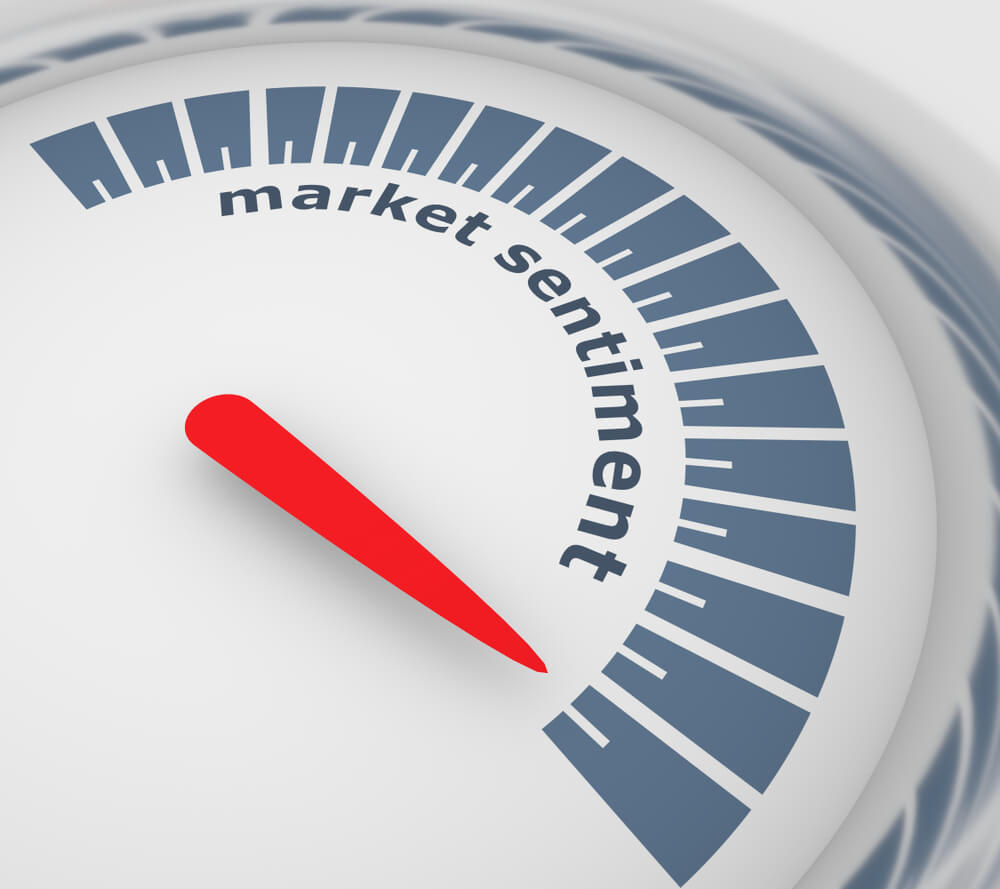
How Sentiment Shapes the Forex Market
The foreign exchange market, open 24 hours, global, and highly liquid, is one of the most sentiment-sensitive arenas. Exchange rates react instantly to shifts in risk appetite, geopolitical developments, and macro expectations.
Risk-On vs Risk-Off Dynamics
When investors feel confident in the markets, a so-called risk-on environment, they tend to shift capital into higher-yielding or growth-oriented currencies such as the Australian dollar, New Zealand dollar, Canadian dollar, and various emerging market currencies.
When fear takes over and sentiment turns risk-off, money typically flows into traditional safe havens like the U.S. dollar, Japanese yen, and Swiss franc. This kind of rotation can unfold even when economic data hasn’t changed at all. A single headline about political instability, war, or the spread of financial risk can be enough to trigger sharp currency moves.
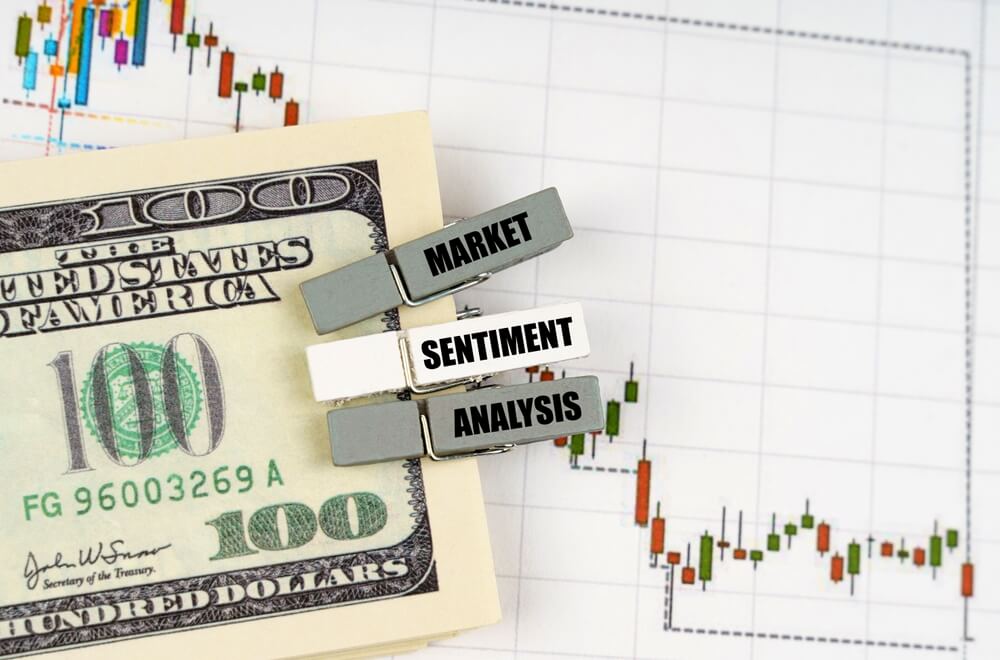
Economic Data and Central Bank Messaging
Data releases, such as GDP, CPI, PMI, or employment numbers, carry both informational and sentimental value. The data itself matters, but even more powerful is how traders feel the market will react.
Similarly, central bank communication (from the Federal Reserve, ECB, BOJ, etc.) drives expectations. A hint that rates might rise can fuel optimism for a currency even before any policy change happens. Conversely, dovish language or surprise interventions can spark selling pressure instantly.
Herd Behavior and Short-Term Volatility
In forex, traders watch each other closely. When large institutions or funds abruptly shift exposure, smaller traders follow. Sentiment can flip quickly, creating overshooting, large moves that exceed what the underlying data justifies.
Flash crashes and sudden spikes in pairs like GBP/JPY or USD/TRY are often rooted in sentiment swings rather than long-term fundamentals.
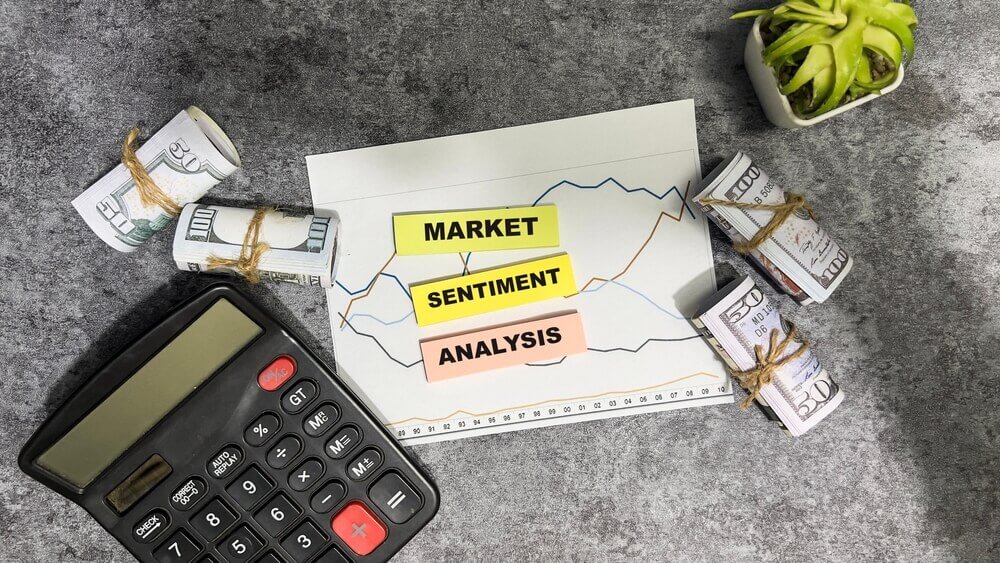
Beyond Forex: Sentiment Across Other Markets
Although forex is highly sensitive to sentiment, the effect extends to every major asset class.
Equities
Stock markets often mirror overall optimism or pessimism. A broad sense of confidence pushes investors toward growth stocks and riskier sectors. Fear tends to send indexes lower and increase demand for defensive stocks, dividend payers, or cash.
Investor sentiment also fuels momentum trading. Bullish mood can drive valuations above reasonable levels, seen in the dot-com boom or meme stock surges, while bearish panic can spark rapid selloffs even when corporate earnings are solid.
Commodities
Market sentiment shapes commodity prices in distinct ways depending on whether fear or optimism dominates. When anxiety rises, investors often flock to gold and other precious metals as a hedge or a safe store of value.
Oil and industrial metals, on the other hand, tend to climb when traders are optimistic about growth and weaken when recession concerns gain traction. Even agricultural commodities can swing on mood, while weather and supply news matter, speculative flows driven by sentiment can amplify moves just as quickly.
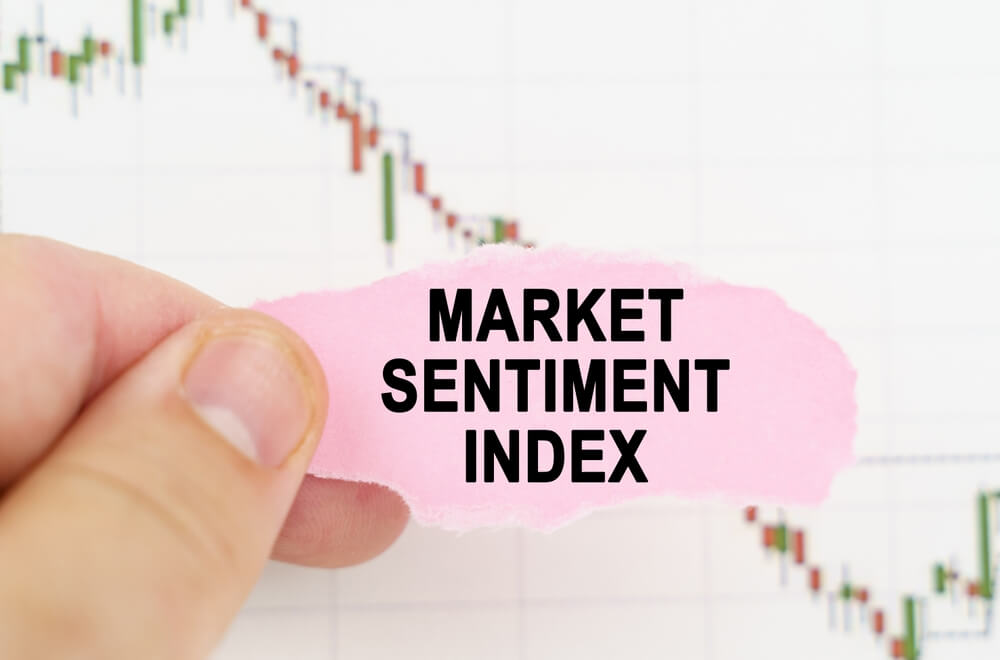
Bonds and Rates
In times of worry, investors often rush to government bonds, pushing yields down. This “flight to safety” amplifies bond demand even if inflation remains elevated. Conversely, when sentiment improves, money flows from bonds into riskier assets, driving yields up.
Sentiment around central bank policy, too, shapes rate expectations. If markets feel that rate cuts are coming soon, yields often drop before any official move.
Crypto Assets
The crypto market is one of the purest expressions of sentiment. Digital assets trade heavily on speculation, future narratives, and social media hype. Fear and greed indexes for crypto show wide emotional swings. A tweet, a regulatory rumor, or a hacking incident can sharply move prices. Volatility is intensified because many participants chase momentum rather than fundamentals.
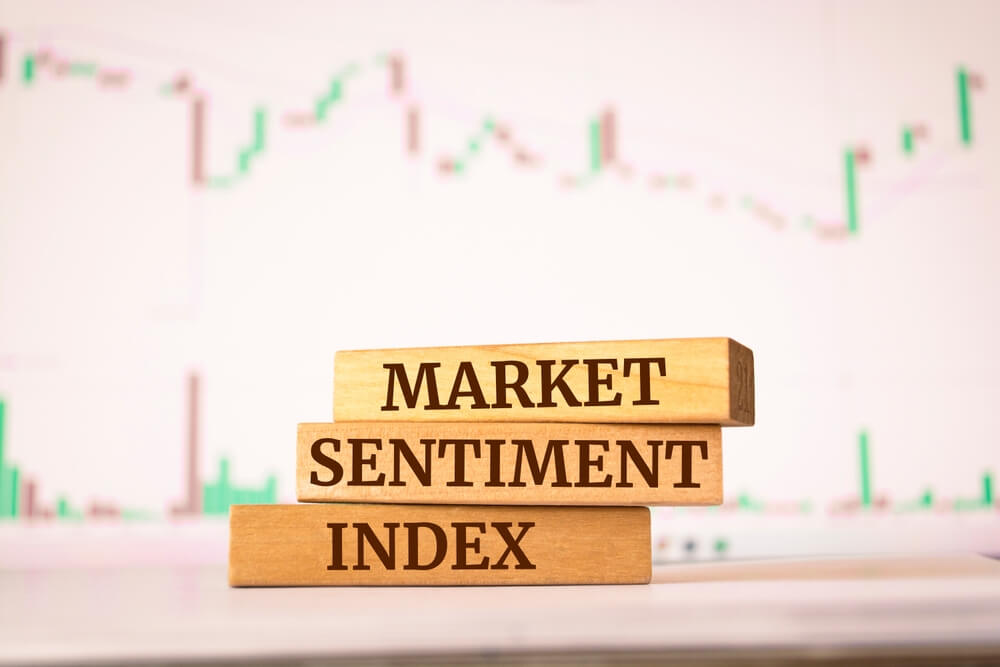
When Sentiment Conflicts With Fundamentals
There are times when fundamentals point one way and sentiment the other. For example, a currency might have strong economic data, but global fear can push it down as traders flee to safe havens. Eventually, fundamentals may pull prices back in line, but sentiment can dominate in the short term, especially in crises.
This mismatch creates opportunities and risks. Contrarian traders sometimes bet against extreme sentiment, expecting a reversal. Others ride the momentum, aiming to exit before the mood flips again.
Long-Term Impact of Sentiment
Certain sentiments persist and shape broader market regimes. Prolonged optimism, such as during periods of economic expansion, can support multi-year bull markets, capital flows into emerging markets, and aggressive carry trades in forex. Long-term pessimism, like during global recessions or pandemic shocks, can entrench risk aversion and strengthen safe-haven currencies for extended periods.
Even when fundamentals improve, sentiment may lag. Investors scarred by previous crises may remain cautious, damping recoveries until confidence rebuilds.

Market sentiment is intangible but vital. It acts as a bridge between raw data and real price movement, turning numbers into trades driven by emotion, expectation, and perception. In forex, its impact is immediate and often decisive, but the same forces ripple across equities, commodities, bonds, and crypto.
While you can’t measure sentiment with perfect precision, you can observe its footprints: volatility, flows into safe havens, option pricing, headlines, and market positioning. The key is not to treat sentiment as noise but to recognize it as part of the structure that drives markets, sometimes even more than fundamentals.
Understanding sentiment doesn’t eliminate risk, it helps you navigate it. Traders who ignore it often get blindsided by sudden moves. Those who respect it can interpret panic or euphoria as signals, not mysteries.

